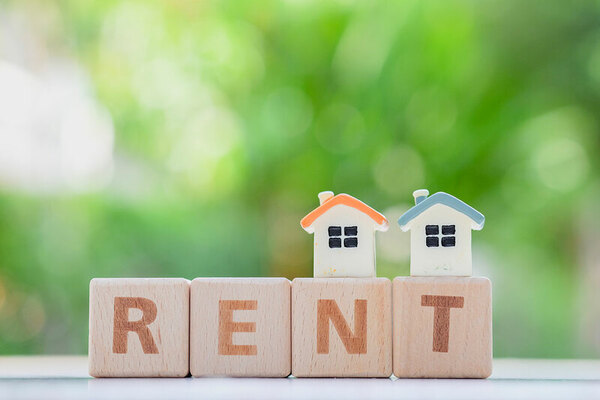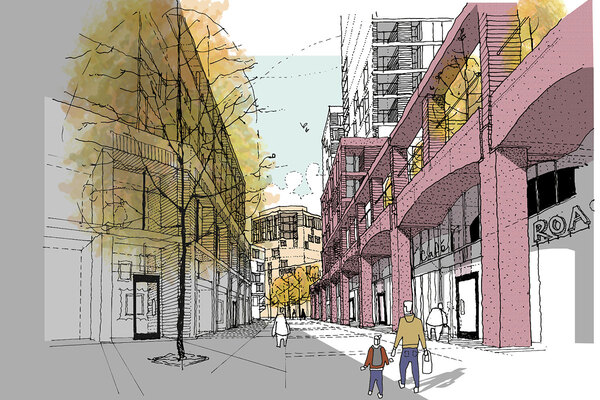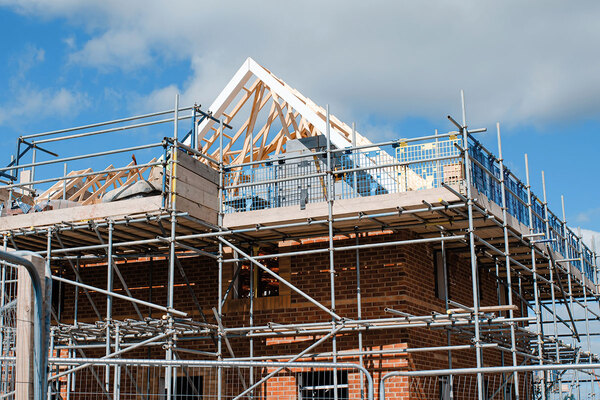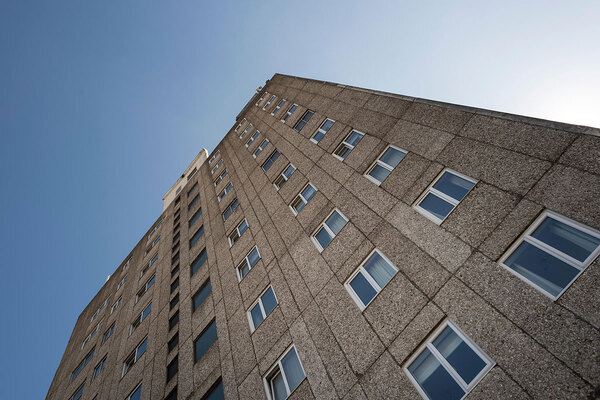Regulator tells RPs it is ‘essential’ to prepare for the rent cap now
The regulator has told social housing registered providers it is “essential” to prepare for a government-imposed rent cap now.
At the end of August, the Department for Levelling Up, Housing and Communities (DLUHC) launched a consultation on introducing a temporary rent cap for social housing in the 2023-24 financial year, with a three, five and seven per cent cap being proposed.
With inflation now above 10 per cent, the move is intended to protect tenants from potential rises of about 11 per cent next year, as permitted under the current five-year rent settlement of the Consumer Price Index plus one per cent (CPI + 1%).
In a letter to social housing providers, the Regulator of Social Housing (RSH) said it recognises that these proposals will have “significant, challenging effects” on landlords’ finances. It said both tenants and landlords face increasing costs and a reduction in real-terms incomes.
It will require landlords to make hard choices about investment and expenditure priorities, revise their business plans and take action to maintain compliance.
It is “essential” preparations are made now, the regulator added.
The RSH wrote two separate, similar letters: one to the chief executives of registered producers and another to the chief executives of local-authority registered providers.
In both letters, the RSH said it understands that changes to rents will have a lasting impact, but that, in the short term, providers will need to identify how they can adjust to maintain their viability and support tenants in difficult times.
“Although the outcome of the consultation is not yet known, it is essential that these preparations happen now,” the RSH said in both letters.
“In making these decisions, the safety of tenants and delivery of essential landlord services must not be compromised.”
The regulator told landlords that if they identify any material concerns about their ability to meet the regulatory standards, they should inform the RSH immediately.
The RSH also encouraged providers to respond to the consultation to show how a rent cap would affect them. In its quarterly survey, the regulator found that social housing providers’ interest cover has reached its lowest level on record, as expenditure continues to rise.
The RSH highlighted that providers continue to have headroom against covenants, and the flexibility to manage expenditure, but that it will monitor liquidity in the sector closely, especially as rent policy is confirmed.
Last week, both Moody’s and Standard & Poor’s (S&P) aired concern over a tighter social rent cap. The credit rating agencies warned it will be “credit negative” for the sector, while costly extra debt funding will not make up for lost income.
£7.4bn income loss?
If set at the level preferred by officials, the imposition of a rent cap during the next financial year could lead to £7.4bn being wiped off the income of associations and councils over five years, according to the government’s own estimates.
The government’s preferred direction is to impose a five per cent ceiling, but three per cent and seven per cent caps are also options as part of the consultation. The DLUHC’s impact assessment sets out estimates of what providers would lose in rental income between 2023 and 2028, compared with allowing the current system to continue. It estimated that if a five per cent cap were introduced, landlords would lose £1.3bn in rental income next year and £7.4bn over the next five years.
However, this assumes that every provider would increase their rents by the maximum permitted under the CPI + 1% arrangement. If a “significant number” were to settle for lower increases, the difference would be smaller.
Were providers to opt for an increase of 6.2 per cent under the current system, the impact of capping rents at five per cent would be £1.4bn over five years.
Providers Social Housing spoke to before the consultation’s announcement were modelling a number of scenarios, but none were planning to raise rents by the full amount permitted. However, sector figures have warned that the imposition of a hard cap could further dent development programmes at a time when landlords are dealing with cost inflation across their businesses that is even higher than CPI.
Analysis for the National Housing Federation (NHF) by the Centre for Economics and Business Research recently placed annual growth rates for the cost of repairs materials and building new homes at 14 per cent and 12.3 per cent, respectively.
Over the life of their 30-year business plans, raising rents by only five per cent next year would translate to around £500m in losses at Abri in the South of England, and between £250m and £300m for its neighbour, Sovereign. North East-based Karbon Homes placed the figure at £250m, while Platform in the Midlands said it would lose £90m across its 30-year business plan for every one per cent it caps rents.
In its report, S&P flagged the government’s willingness to intervene on rent levels during an “already confirmed rent settlement period” as a “weakness” for the sector.
The current Rent Standard, which began in April 2020, was intended to last for five years. The current proposed intervention is the latest in the shifting sands of government rent policy. In 2015, George Osborne, the chancellor of the exchequer at the time, tore up a 10-year rent settlement after only two years. Instead, he introduced a four-year annual one per cent fall in rents, which ended in March 2020.
The NHF estimated at the time that the reduction over the period from 2016-17 would result in a loss of £3.85bn for providers over the four years (assuming a CPI of 1.2 per cent per year), while the Local Government Association modelled a £2.6m bill over four years for stockholding councils.
RELATED








